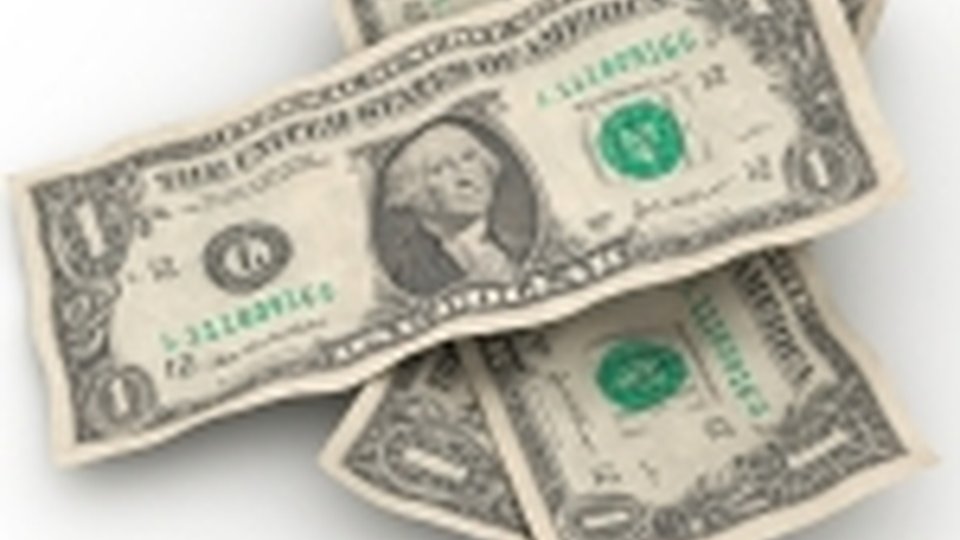Article
The decline of the dollar menu
QSR operators face challenges to sustain low-cost fare.

August 25, 2008
Just six months ago, dollar menuswere commonly thought to be the salvation of the quick-service restaurant industry. But rumblings began in March when former Burger King franchisors Luan and Elizabeth Sadik claimed, according to an Advertising Age article, that the value menu led to their stores' failure.
Then the economy soured. As food and energy costs increased, operators began struggling to find the value in value menus.
In June 2008, for example, Advertising Age reported that McDonald's franchisees were frustrated that the company was holding onto its dollar menu platform.
The chain responded by testing changes to its double cheeseburger. Some McDonald's operators served it with only one slice of cheese and modified the name to double hamburger with cheese. Other stores dropped the cheese altogether, according to an article in the Wall Street Journal.
More changes may be on the way.
In a conference call with stock analysts in July, Ralph Alvarez, president and chief operating officer at McDonald's Corp., noted the pressure placed on the chain's dollar menu by rising food prices, such as beef and chicken.
"The cost implications of having that value menu have changed when you see what's going on with beef and chicken," Alvarez said. "The way the dollar menu looks today won't be the way it looks next year."
William Whitman, spokesman for McDonald's USA, said the double-cheeseburger test, which also is looking at different price points, is exploring one aspect of that dollar menu change.
"With increasing food and paper costs, this test is to determine price elasticity to ensure we are providing the best possible value for our restaurants and our customers," Whitman said.
The dollar menu accounts for about 14 percent of U.S. sales by the fast food giant.
Nonetheless, Alvarez said in the conference call that "in this current environment, we've got to make sure we're pricing smart, not just pricing low."
Flexibility key to value menu survival
Other quick-serve companies are handling the issue of rising costs by pricing smart and offering options to diners and franchisees.
Dairy Queen has tested a new Sweet Value menu at 200 of its restaurants nationwide and will begin offering it at 1,000 locations within the next six months.
"It's really a line-up of different items that are regular items. It has entrees, sides, a beverage and a couple of dessert items," said Lane Schmiesing, vice president of brand marketing for food.
Instead of pricing the items at a fixed low price, Dairy Queen offers pairing options. Diners can choose from the value menu to get two items for $3; three items for $4 or four items for $5.
"They get the opportunity to mix and match and customize a meal," Schmiesing said.
Perhaps it's just a matter of semantics, but Schmiesing said not dubbing it a dollar menu is a plus.
Increasing prices over a dollar on a dollar menu is a challenge given customers' well-ingrained expectations.
"Dollar menus have been around four or five years," said Schmiesing. "They've been able to ride it a good long time. It's pretty deeply seeded as an idea in the consumers' minds."
Prices on the Sweet Value menu, however, can be changed and already vary according to the marketplace. In Canada, for instance, the menu items start at two for $4.
Though he did not share any statistics, Schmiesing said the menu has been a success.
"It increases revenues as well as profitability. We're seeing transaction counts go up," he said.
Value items work as promos
Meanwhile, Brad Haley, vice president of marketing for Carl's Jr. and Hardee's, said flexibility also is key to his company's strategy to cope with the rising food costs.
Like Dairy Queen, CKE's brands have not labeled their more affordable menu items as dollar items. They also are not part of the permanent menu. Though they have been long-term offers, they are not listed on the menu boards. Instead, they are advertised at windows by franchise owners who opt to offer them.
Carl's Jr., for instance, offers two quarter-pound cheeseburgers for $3. At Hardee's two double cheeseburgers are $3.33.
"Even at those prices it's been challenging to make an acceptable profit," Haley said.
At both Hardee's and Carl's Jr., another strategy has been to offer sandwiches that offer less pricey ingredients. For instance, you can get two hot ham-and-cheese sandwiches at Hardee's for $3.
| |||||||||||||||||||||
"The price is probably going to have to go up in the very near future to $1.29," Haley said.
He expects some consumers to balk.
"The $1.29 price point is not as popular. It doesn't sell as well. When you cross a psychological barrier (in terms of price) you expect that," he said.
Haley estimated that about one-third to one-quarter of their restaurants are company-owned. The rest are franchises. The company informs franchisees of pricing, but does not require them to follow it.
"We have some franchisees who have no value menu at all. If someone doesn't want to do it, they don't have to. It's not a permanent part of the menu," he said.
He said the company prefers to focus on its premium-priced offerings which range in cost from about $2.99 to $4.69.
"You have more room to work with (in terms of increasing prices) with premium-priced foods," he said.
Hardee's Haley said franchise owners seem to understand that the issues of rising food and energy costs and a sluggish economy are hurting not only franchisees, but quick-serve companies.
"These are tough times, there's the bad economy and high commodity costs," Haley said. "They put fast food companies in a box, too."





